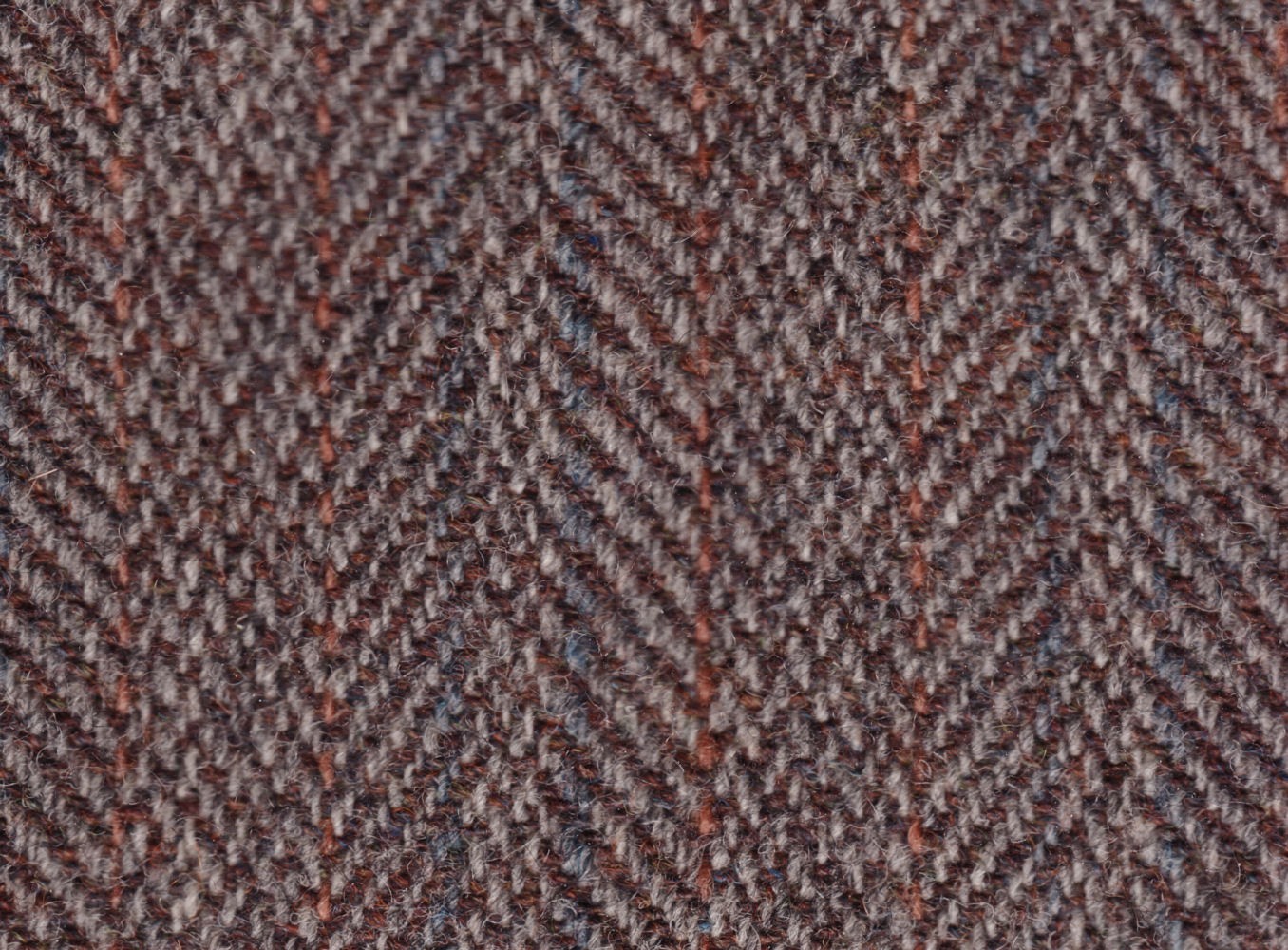|
Stell
Stell is a name for a deep pool in a river where salmon rest and are fished, such as that found at Amble in Northumberland, England. Fishing using stell nets was made illegal by the Tweed Act Tweed is a rough, woollen fabric, of a soft, open, flexible texture, resembling cheviot or homespun, but more closely woven. It is usually woven with a plain weave, twill or herringbone structure. Colour effects in the yarn may be obtaine ... in Britain in 1857. References {{reflist Fishing in England ... [...More Info...] [...Related Items...] OR: [Wikipedia] [Google] [Baidu] |
Amble
Amble is a town on the North Sea coast of Northumberland, England, at the mouth of the River Coquet; Coquet Island is visible from its beaches and harbour. In 2011, it had a population of 6,025. Etymology There are two suggested origins of the place-name Amble. One theory suggests a Goidelic origin from ''Am Béal'', meaning "tidal inlet", and is attributed to the historical presence of Irish missionaries in the area who spoke that language despite most of the local population not doing so. An earlier theory, originating with Eilert Ekwall, is an Old English origin of ''Amma/Anna bile'', meaning "Amma's/Anna's headland". There are sources indicating that the name and variants thereof – such as ''Ambell'' and ''Ambhill'' – may have been in use as long ago as 1203 AD. Northumberland was not recorded in the Domesday Book. History Various urns, cists, flint spearheads and other evidence of ancient burials were found near to Amble in the 1880s and 1890s. Some of those rema ... [...More Info...] [...Related Items...] OR: [Wikipedia] [Google] [Baidu] |
Salmon
Salmon () is the common name for several list of commercially important fish species, commercially important species of euryhaline ray-finned fish from the family (biology), family Salmonidae, which are native to tributary, tributaries of the North Atlantic (genus ''Salmo'') and North Pacific (genus ''Oncorhynchus'') basin. Other closely related fish in the same family include trout, Salvelinus, char, Thymallus, grayling, Freshwater whitefish, whitefish, lenok and Hucho, taimen. Salmon are typically fish migration, anadromous: they hatch in the gravel stream bed, beds of shallow fresh water streams, migrate to the ocean as adults and live like sea fish, then return to fresh water to reproduce. However, populations of several species are restricted to fresh water throughout their lives. Folklore has it that the fish return to the exact spot where they hatched to spawn (biology), spawn, and tracking studies have shown this to be mostly true. A portion of a returning salmon run ma ... [...More Info...] [...Related Items...] OR: [Wikipedia] [Google] [Baidu] |
Northumberland
Northumberland () is a county in Northern England, one of two counties in England which border with Scotland. Notable landmarks in the county include Alnwick Castle, Bamburgh Castle, Hadrian's Wall and Hexham Abbey. It is bordered by land on three sides; by the Scottish Borders region to the north, County Durham and Tyne and Wear to the south, and Cumbria to the west. The fourth side is the North Sea, with a stretch of coastline to the east. A predominantly rural county with a landscape of moorland and farmland, a large area is part of Northumberland National Park. The area has been the site of a number of historic battles with Scotland. Name The name of Northumberland is recorded as ''norð hẏmbra land'' in the Anglo-Saxon Chronicle, meaning "the land north of the Humber". The name of the kingdom of ''Northumbria'' derives from the Old English meaning "the people or province north of the Humber", as opposed to the people south of the Humber Estuary. History ... [...More Info...] [...Related Items...] OR: [Wikipedia] [Google] [Baidu] |
Tweed Act
Tweed is a rough, woollen fabric, of a soft, open, flexible texture, resembling cheviot or homespun, but more closely woven. It is usually woven with a plain weave, twill or herringbone structure. Colour effects in the yarn may be obtained by mixing dyed wool before it is spun. Tweeds are an icon of traditional Scottish, Irish, Welsh and English clothing, being desirable for informal outerwear, due to the material being moisture-resistant and durable. Tweeds are made to withstand harsh climates and are commonly worn for outdoor activities such as shooting and hunting, in England, Wales, Ireland and Scotland. In Ireland, tweed manufacturing is now most associated with County Donegal but originally covered the whole country. In Scotland, tweed manufacturing is most associated with the Isle of Harris in the Hebrides. Etymology The original name of the cloth was ''tweel'', Scots for twill, the material being woven in a twilled rather than a plain pattern. A traditional sto ... [...More Info...] [...Related Items...] OR: [Wikipedia] [Google] [Baidu] |

